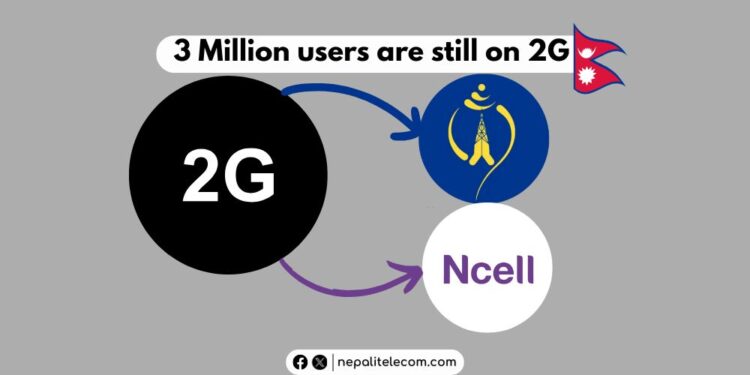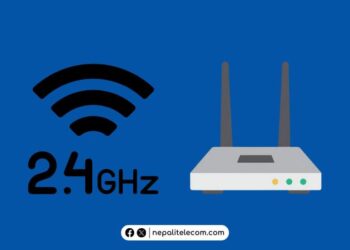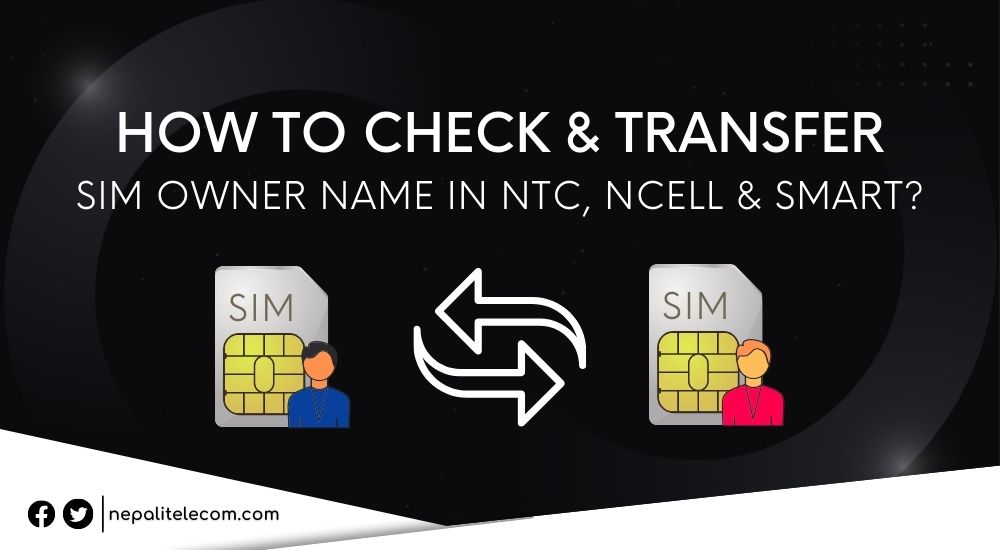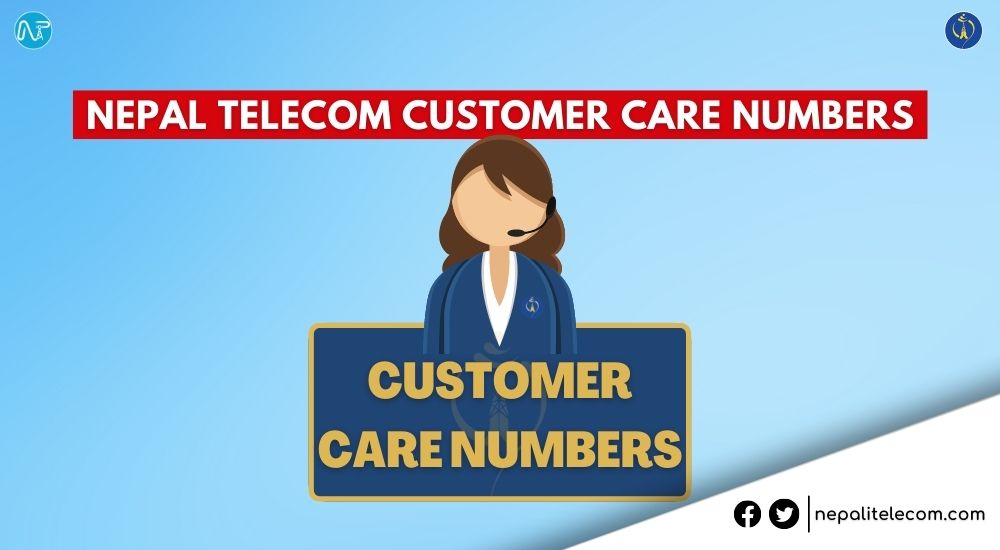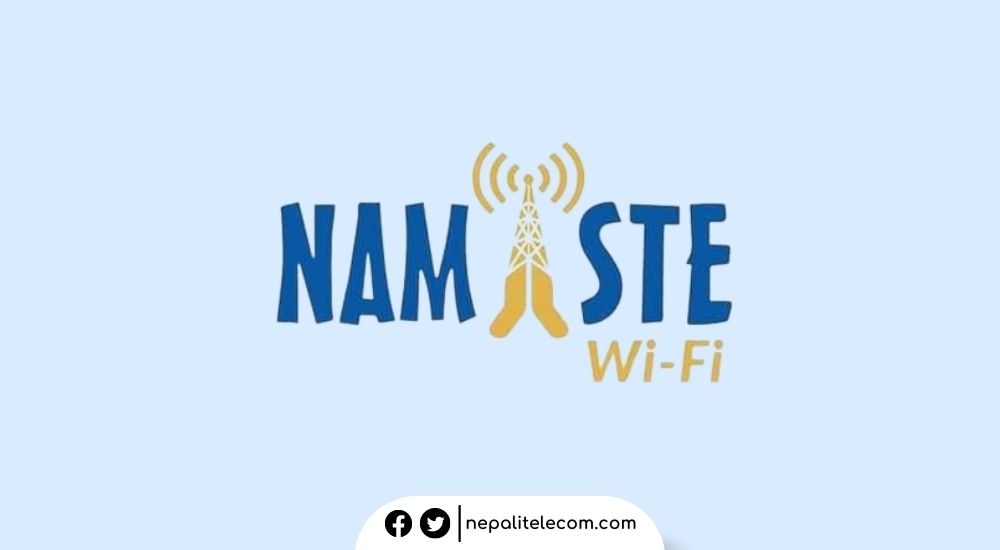A recent NTA report showed that there are over 3.15 million 2G users in Nepal. This uncharacteristically high number of subscribers on the legacy network contrasts with the government and Nepal’s telcos’ effort to latch more users to the advanced 4G network. And this situation begs an obvious question- Why does the older-generation network continue to be so prominent despite the wide availability of 4G networks?
| S.N. | Technology | Users in Nepal (NTA MIS) |
| 1 | 2G | 31,59,447 |
| 2 | 3G | 8,63,058 |
| 3 | 4G | 2,56,36,942 |
Also: 2G or 3G? Which Mobile Network Will Shut Down in Nepal?
2G continues to be prominent for mobile users in Nepal
According to the NTA report for Ashar, there are over 3.15 million users on 2G network across Nepal. The figure gets dwarfed by the 4G figure, which stands at over 25 million, but that’s obvious. What is not obvious is 2G’s stronghold in the country, where over 98% of local levels have access to 4G, a far faster and more reliable broadband network.
Read: 4G users in Nepal: 2.56 crores | Latest NTC, Ncell figures
But why are many Nepalese using the 2G network?
Well, there are viable reasons for Nepalese using 2G network. Let’s start from a simple fact. There are still many Nepalese who use feature phones with only 2G support. So, these phones only connect to 2G even if there’s 4G network available from the carrier. Next, even with 4G phone, there could be inconsistency with signals, which compels the phone to fall back to 2G network for cellular service. Find: How to reset phone network settings on Android and iOS?
And also, it’s possible that many phone comes with default settings where 2G is the preferred network, so they use this network. Let’s not rule out that some people, including those who are more familiar with cellular technologies, may not be aware that they have 4G connectivity in their place and won’t turn it on. For which, the telcos and regulator need to make people aware about 4G. Check out: How to activate 4G in Ntc, Ncell and put in 4G preferred mode?
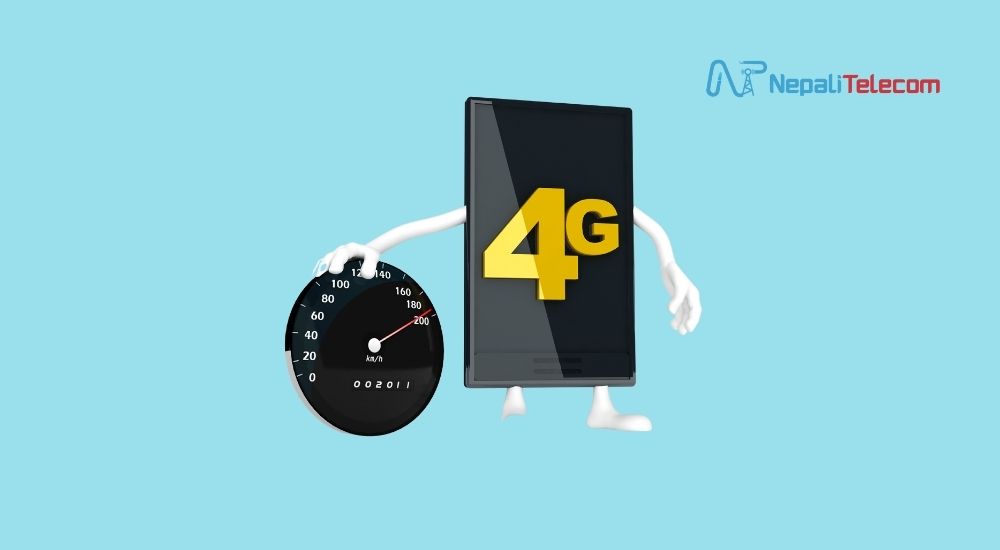
There could be another section of users like me who mostly stay on 2G to have WiFi at home. 4G becomes a necessity only while outside or when WiFi is not available. I have an unsubstantiated and rather subjective fear that 4G eats into my battery, hence I cling to 2G. But now I have changed my mind to stay on 4G preferred mode which makes me go to 2G only when 4G or 3G is not available. And I also came to know that the battery fear is a myth with 4G being more efficient than 2G. Read here for the reasons to prefer 4G network.
Another reason is this: A native 4G network doesn’t allow phone calls. So, many choose 2G without having to switch between 2G and 4G for voice and data. But one thing to note is that 4G does allow for HD voice through VoLTE but requires activation.
Check out: Being ‘Always Online with Mobile Data: Pros And Cons
But 4G is simply more capable and overall better
But 4G is a much more capable network than 2G. A 4G cell tower allows for a large number of users to place calls and use data compared to a 2G base station. Also, 4G is a broadband network that offers high-speed data (internet) service. This allows video calls, smooth browsing, and even downloads.
Therefore, despite the relevance of 2G, both Nepal Telecom (NTC) and Ncell have announced efforts to phase out the 2G network. Ntc has already started shutting down 2G on the 1800 MHz band, while Ncell will discontinue 2G network in 2027. And that too, Ncell announced to sunset 3G within 2025.
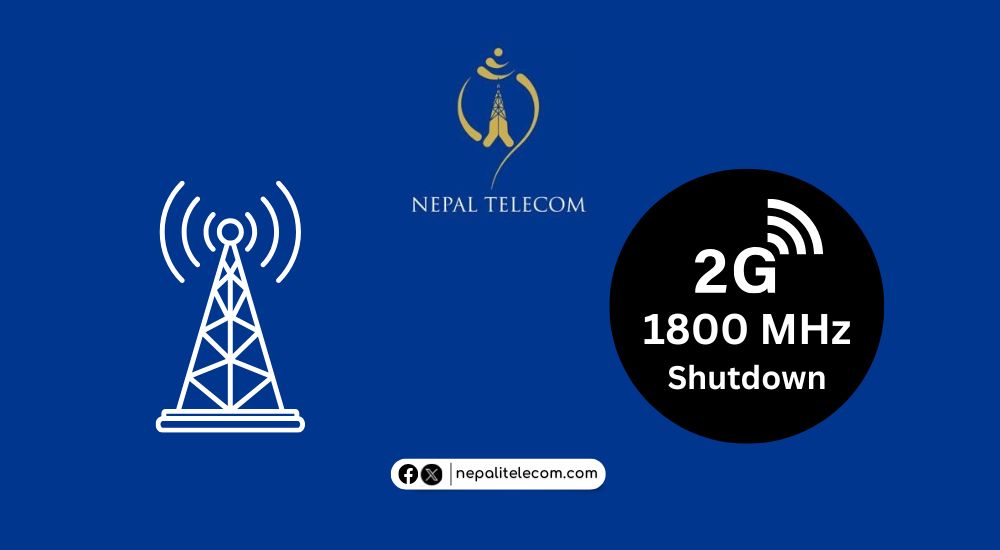
But the 2G shutdown could also impact many users who are on 2G-only feature phones or can’t afford a 4G device. So, there can be some efforts from the telcos.
What can be done to encourage users to switch to 4G?
To encourage users (on 2G feature phones) to switch to 4G, Telcos can bring 4G VoLTE phones at affordable rates. This could be cheaper smartphones or even affordable feature phones supporting 4G VoLTE (at nearly the same price as that of 2G feature phones). The government can also play a significant role in this. As 5G is launching soon in Nepal, with Ntc planning for commercial 5G network, it’s vital that some steps are taken to democratize newer technologies. The telcos need support of the regulator for which the regulator can even ban the import of 2G or 3G (non-VoLTE) phones to help create a 4G ecosystem.
Check out: Factors affecting 4G speed in Nepal
The world is moving towards 5G and 5G Advanced. Some countries have already stepped-up efforts for 6G standards. Even the neighboring country India’s Bharat 6G Alliance and TSDSI have entered collaboration for 6G standards, while South Korea, China, and others are targeting to launch 6G around 2030. The fact that Nepal still holds on to 2G is an unflattering reality.
Do you still use 2G? Is it because of the lack of 4G availability or is it related to any device issue? Don’t forget to share your feedback in our comment section down below.


